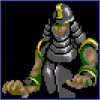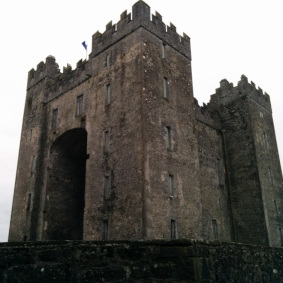http://www.castillodecoca.com/
https://www.openstreetmap.org/relation/1732024 Street view: https://goo.gl/maps/8i3SUsRfnhVuYzrD8
No mention of hours and days available on the website, but it does mention a few Euros gets you in.
Alonso de Fonseca y Avellaneda has been credited with the construction of the castle. The castle was built under the supervision of a master builder and most of the work had been completed by 1493. In 1502 it was decreed that castle and the town could only be passed down to male heirs, so after Alonso’s death it passed on to Antonio de Fonseca. In 1512 a number of extra ornamental features were added to the keep and the castle exterior under the supervision of engineers. The castle came under attack during the Revolt of the Comuneros in 1521. Communeras troops attacked the castle in retaliation to the burning of Medina del Campo. Medina del Campo had been previously attacked by the Royalists as it housed a large number of artillery pieces, and it had subsequently been razed after Royalists met heavy resistance. In 1645, Gaspar Alfonso Pérez de Guzmán, 9th Duke of Medina Sidonia was accused to treachery after he instigated the Andalusian independentist conspiracy of 1641, and was imprisoned in the castle.
The castle went through a period of repairs and renovations from the sixteenth to the eighteenth century AD. Most notable among these renovations was the addition of the Patio de Armas in sixteenth century, the construction of a gallery between the Keep (Torres del Homenaje) and Pedro Mata Tower in the seventeenth century AD and the extensive renovations of 1715. After 1730 the castle suffered a long period of neglect that led to it falling into disrepair, and subsequently many important artifacts were either lost or destroyed. During the Peninsular War, Coca Castle was captured by the French, who occupied the castle in 1808 and vacated it in 1812. During these four years the castle further deteriorated and much of it fell into ruin. The French troops were, obviously, not concerned with the upkeep of the castle and many ornamental features fell into ruin during this time. Another incident that led to the castle falling further into ruin was the 1828 sale of materials by the administrator of the castle. As the castle was under the ownership of the House of Alba at that time, the owners tore away a number of columns, marble pieces and other ornamental features and sold them off to the highest bidder.

